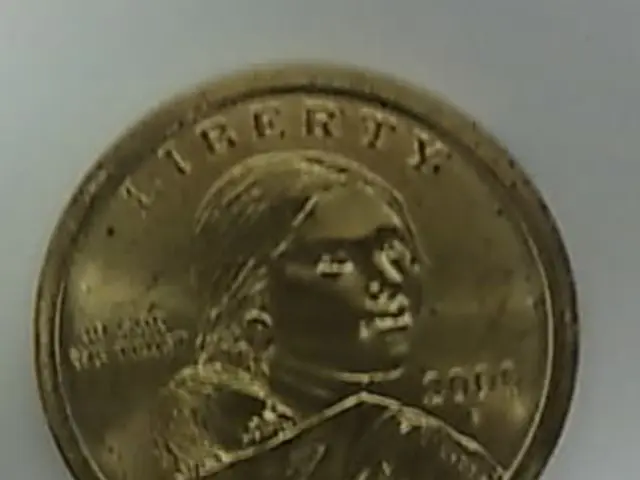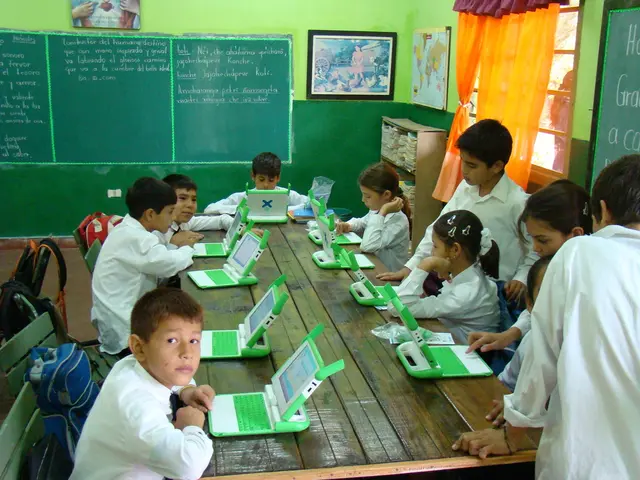Real-Estate Effectiveness Ratio (REER) Index in Pakistan increases slightly to 100.10 in August 2025
Pakistan's Real Effective Exchange Rate (REER) Decreases in August 2025
The State Bank of Pakistan (SBP) has released data showing a decrease in the Real Effective Exchange Rate (REER) of Pakistan for August 2025, compared to the same month last year. The REER, which compares the price of a basket of goods in Pakistan to the price of the same basket in the country's major trading partners, using nominal exchange rates, stood at a value of 100.10 in August 2025, an increase from 100.01 in July 2025 but a decrease from 100.16 in August 2024.
The REER's decrease from June 2025 to August 2025 indicates a change in the currency's value against a weighted average of several foreign currencies. In June 2025, the REER reached a 21-month low, suggesting a shift in the competitiveness of Pakistan's exports and imports.
The REER's value is weighted by the share of each trading partner in Pakistan's imports, exports, or total foreign trade. Pakistan's largest trade partners, which are relevant for calculating the REER, include China, the United States, the United Kingdom, Iran, Bangladesh, and Germany. Key bilateral trade ambitions include expanding trade with Iran from over $3 billion to $10 billion, and increasing exports to Bangladesh from approximately $800 million to $3 billion within a few years.
The Nominal Effective Exchange Rate Index (NEER) also showed a change in August 2025, with an increase of 0.90% MoM, to a provisional value of 37.84. The NEER index, which measures the value of the local currency relative to a weighted average of several foreign currencies, might suggest a change in the value of the Pakistani currency against several foreign currencies.
The SBP's explanatory note states that the REER's prices are expressed in the same currency using the nominal exchange rate with each trading partner. The SBP has also stated that a REER index of 100 should not be interpreted as the equilibrium value of the currency. The movement of the REER away from 100 is relative to its average value in 2010 and is unrelated to its equilibrium value.
The SBP's website explains that the REER and NEER indices are used to analyze the competitiveness of a country's exports and imports. The NEER's value in August 2025 was lower than it was in August 2024, which might suggest a change in the value of the Pakistani currency against several foreign currencies. The REER's increase in August 2025 might suggest a shift in the competitiveness of Pakistan's exports and imports.
In conclusion, the data released by the SBP shows a decrease in the REER and NEER indices for August 2025, compared to the same month last year. This decrease might suggest a change in the currency's value against a weighted average of several foreign currencies and a shift in the competitiveness of Pakistan's exports and imports. The SBP encourages further analysis of these indices to understand their implications for Pakistan's economy.
Read also:
- chaos unveiled on Clowning Street: week 63's antics from 'Two-Tier Keir' and his chaotic Labour Circus
- Racing ahead in Renewable Energy Dominance: Changzhou, Jiangsu Pushes for Worldwide Renewable Energy Ascendancy
- Feeling disoriented or perplexed.
- Impact of a LEED-Certified Retail Complex on Rural Environment during Construction in the United States







